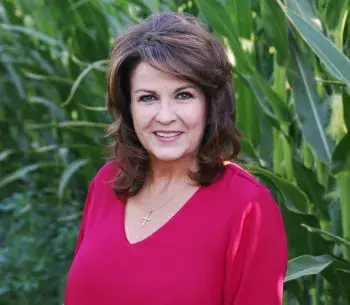Notice

Arizona
Office Contact
230 N. 1st Avenue Suite 506 Phoenix, AZ 85003
+1 602-285-6300
Find Your FSA Location
Meet with an FSA employee at your nearest FSA location.
Loans & Financial Assistance
There are a variety of programs to fit your business needs.

Sine Kerr
State Executive Director
-
Arizona State Committee
-
News
- USDA Issues Second Economic Assistance Payment to Agricultural Producers
- USDA to Provide $1 Billion to Flood and Wildfire-Impacted Livestock Producers
- Using the Farm Storage Facility Loan Program to Expand On-Farm Storage
- Producers and Landowners Can Now Enroll in USDA's Grassland Conservation Reserve Program
- Trump Administration Announces Expedited Congressionally Mandated Disaster Assistance for Farmers
-
-
State Newsletters
